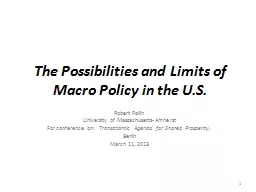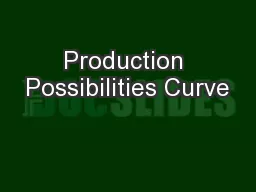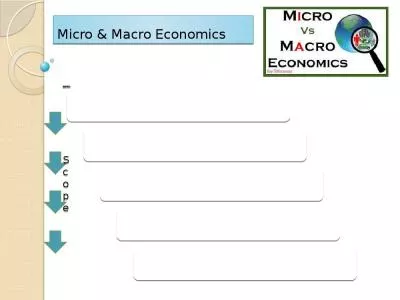PPT-The Possibilities and Limits of Macro Policy in the U.S.
Author : calandra-battersby | Published Date : 2016-06-20
Robert Pollin University of MassachusettsAmherst For conference on Transatlantic Agenda for Shared Prosperity Berlin March 11 2013 1 An Economic Crisis of Neoliberal
Presentation Embed Code
Download Presentation
Download Presentation The PPT/PDF document "The Possibilities and Limits of Macro Po..." is the property of its rightful owner. Permission is granted to download and print the materials on this website for personal, non-commercial use only, and to display it on your personal computer provided you do not modify the materials and that you retain all copyright notices contained in the materials. By downloading content from our website, you accept the terms of this agreement.
The Possibilities and Limits of Macro Policy in the U.S.: Transcript
Download Rules Of Document
"The Possibilities and Limits of Macro Policy in the U.S."The content belongs to its owner. You may download and print it for personal use, without modification, and keep all copyright notices. By downloading, you agree to these terms.
Related Documents














